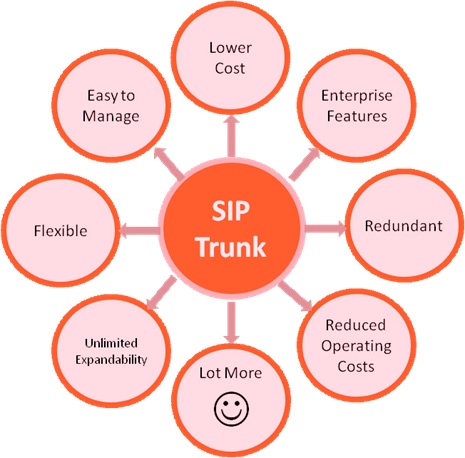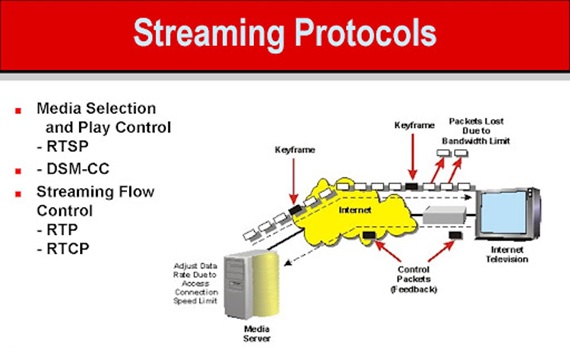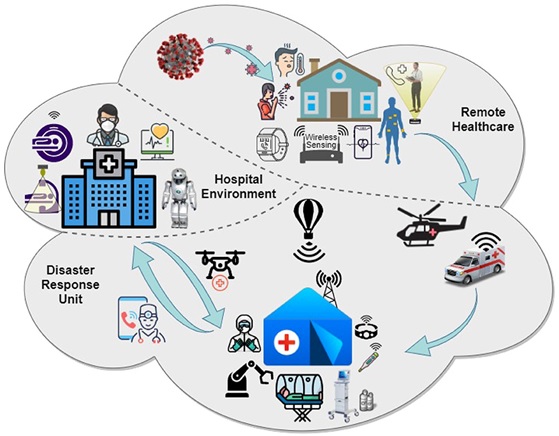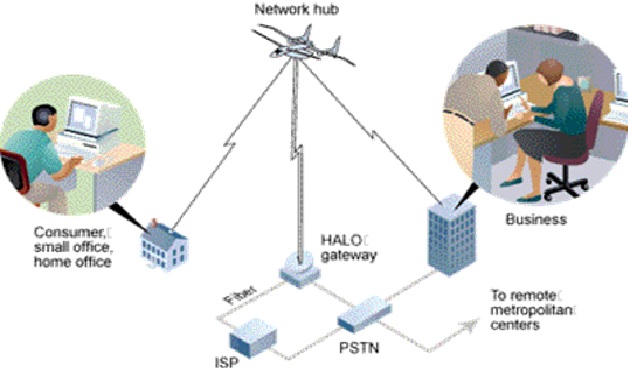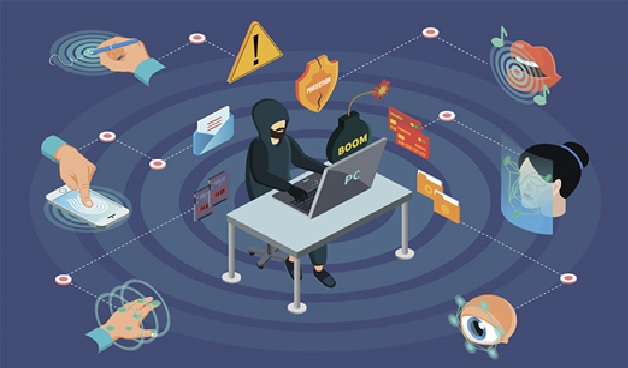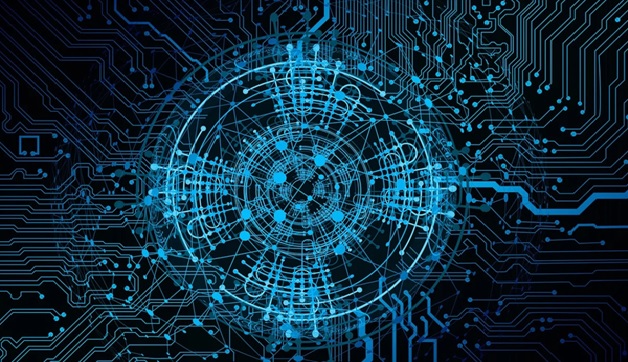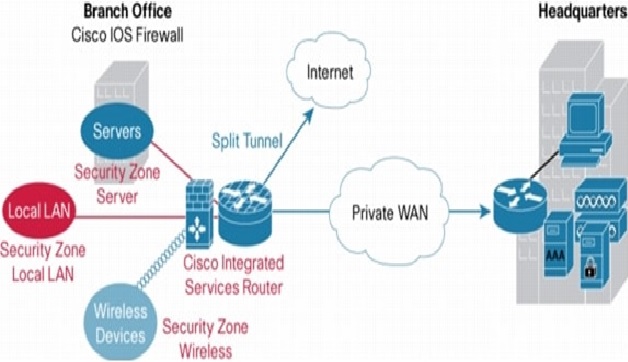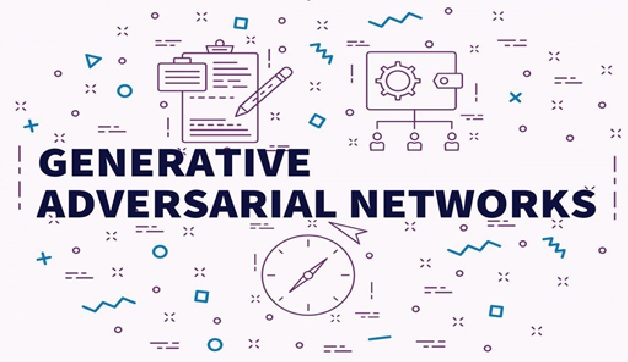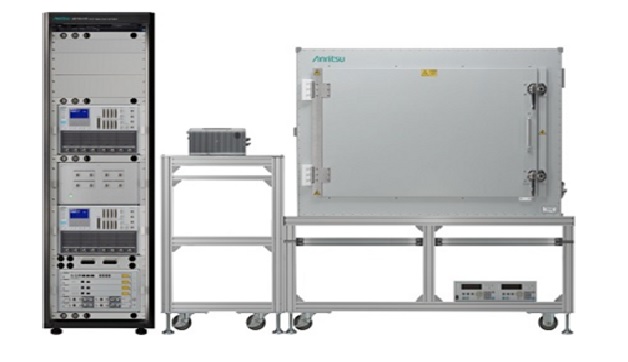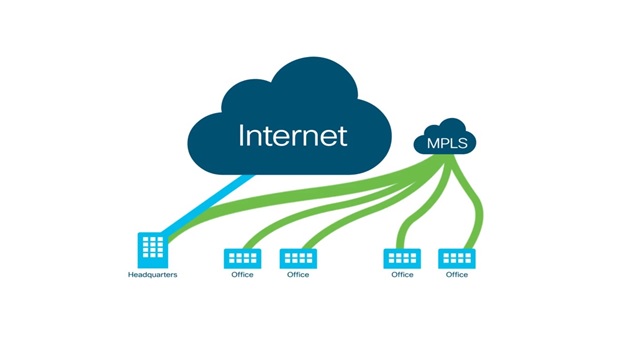The New Technology of Li-Fi
Li-Fi is the transmission of wireless data by using visible light as a medium of communication. Also known as Light Fidelity, Li-Fi uses subtle fluctuations figure 1 shown below in LED light to transmit data [1] from the transmitter to the receiver.

Figure 1. Li-Fi
To encode the data, the LED light is switched on and off at an imperceptible speed creating slight fluctuations that is invisible to the naked eye. These fluctuations generate binary codes that are transmitted to the receiver which decodes the data back into digital form.
Li-fi technology is much faster as compared to the traditional Wi-Fi technology. It is capable of transmitting data up to 100 Mbps. In some cases, by using parallel transmission, more than 10 Gbps of data can also be transmitted. This means that you can download high definition 1080p videos in mere seconds.
LiFi is a mobile wireless technology that uses light rather than radio frequencies to transmit data. The technology is supported by a global ecosystem of companies driving the adoption of LiFi, the next generation of wireless that is ready for seamless integration into the 5G core.
Advantages of Li-fi
- It is more protected than Wi-Fi. Wireless communication technologies depend on radio frequency and microwaves are more accessible to eavesdropping, signal hijacking or unauthorized interception, brute force attacks, and spontaneous network connections.
- Li-Fi also has the advantage of being immune from electromagnetic interferences that influence radio-based wireless communication technologies.
- The technology is also beneficial in areas that are electromagnetic sensitive including aircraft cabins, hospitals, and nuclear power plants, among others because it does not generate electromagnetic interference.
- It provides quicker data transfer costs that can advance the famous deployment of the Internet of Things or IoT which needs massive information and effective and efficient connectivity.
Disadvantages of lifi
- The main disadvantage of lifi is that the light cannot move through objects, hence if there is some object or any wall in between sender and receiver the signal will divide at once.
- Interference from external sources of light like sunlight, bulbs, and opaque materials will generate disturbance in the transmission of light.
- Wifi and radiofrequency will be required in the remote areas where trees and walls will facilitate as an obstacle.
Li-Fi Works
Li-Fi is a VLC (visible light communications) system and the speed of this system is very high. Li-Fi uses normal LEDs to allow the data to transfer and increase the speed up to 224 Gigabits/sec. The data transmission [3] of this technology can be done via illumination. The essential devices of this system are the bright light emitting diodes.
The ON/Off activity of LEDs permits a type of data transmission in the form of binary codes but the human eye cannot recognize this transform & the bulb appear with a stable intensity.
References:
- https://www.circuitstoday.com/li-fi
- https://www.tutorialspoint.com/what-are-the-advantages-and-disadvantages-of-li-fi
- https://www.elprocus.com/an-overview-of-li-fi-technology-and-its-benefits/
Cite this article:
Nandhinidwaraka S (2021) The New Technology of Li-Fi, AnaTechMaz, pp. 34


